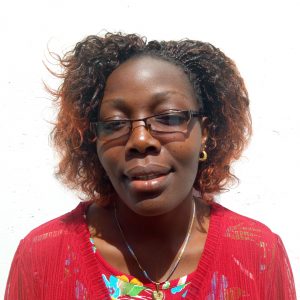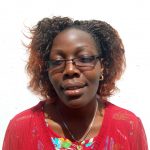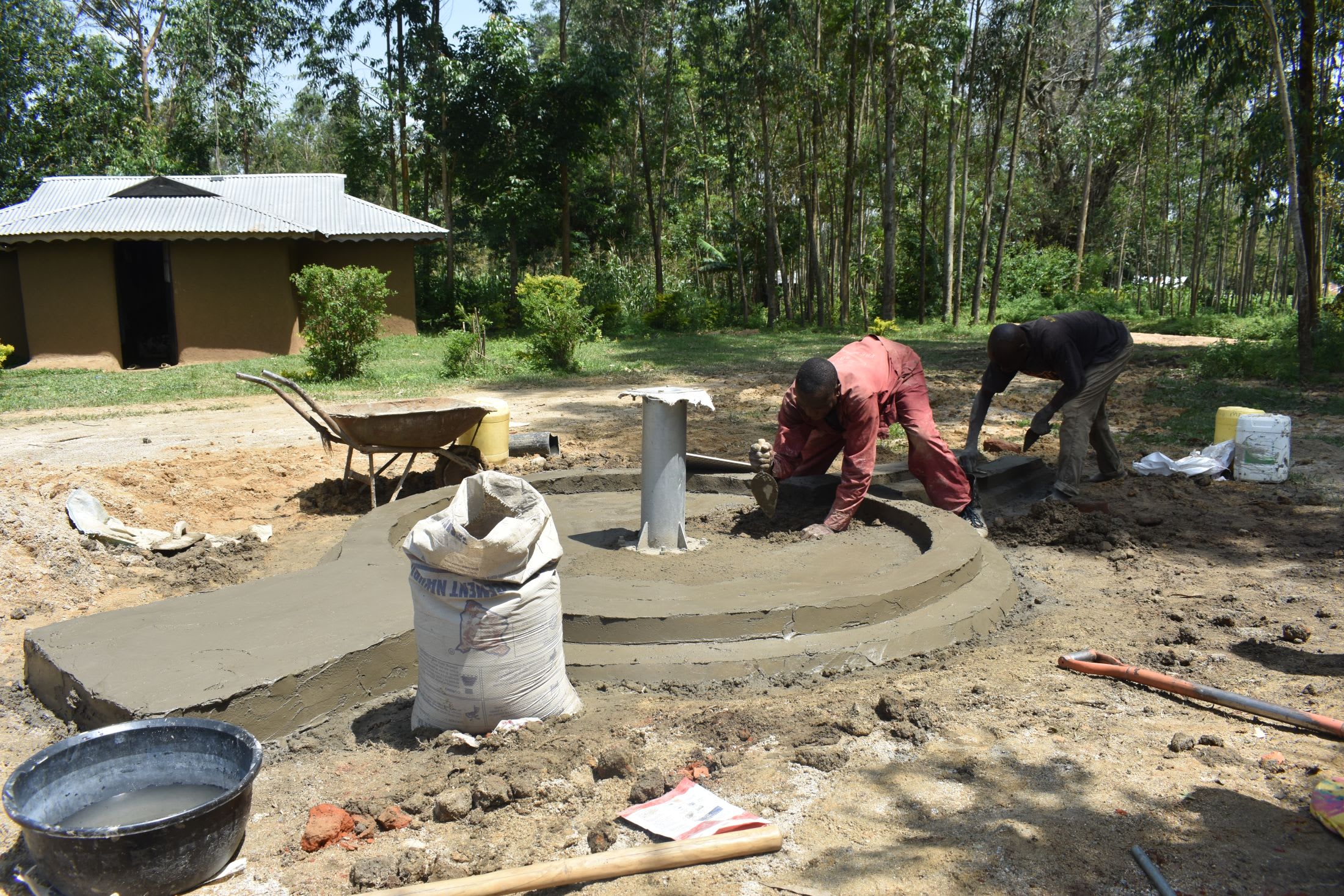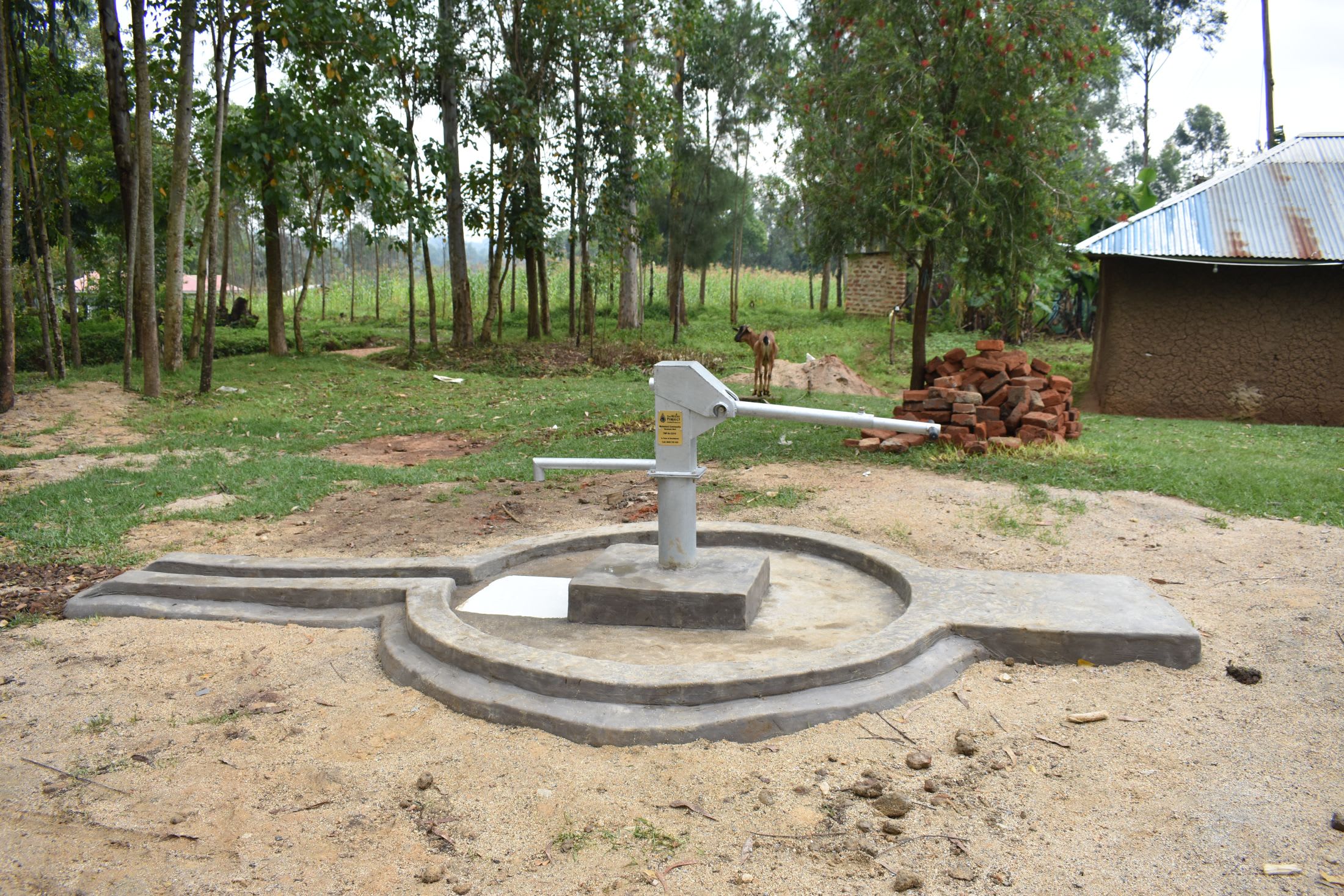The 315 people living in the community of Mutemesi must rely on surface water from a local river to meet their daily needs. But collecting it is not an easy task, and the water they work so hard to procure is making them sick.
It is evident by looking at the water source that it is not safe to drink and that it is open to all types of contamination from humans and animals alike. The water's muddy, brown color makes it undesirable, but community members have no other choice and must consume it.

"In most cases, the water is dirty, and we're forced to drink it that way. This has caused me [to] suffer [from] typhoid for [a] long time. During [the] rainy season, the river is full of water and dirty, which scares me to go for water," said 10-year-old Nimrod O., shown below collecting water.

The long trip to the water point takes community members up to an hour round-trip, and hauling heavy jugs of water exhausts them and punishes their bodies. The reduced spare time and exhaustion force them to forego other essential tasks like daily household chores, creating incomes, and attending school.
"Going for water for [such a] long distance and for [so] many days has caused me knee problems, chest pain, neck pain, and headaches that [have] really affected my health. Due to this dirty water, I and my children have suffered [from] and treated typhoid until we're tired," said 57-year-old farmer Zainabu Akhatambi, shown below collecting water.

A well centrally located in the community should allow people to collect water without suffering such pain and delays in their daily lives and enable them to enjoy life more and focus on making improvements.
Note: This water point can only serve 300 people per day. We are working with the community to identify other water solutions that will ensure everyone has access to safe and reliable drinking water.
The Proposed Solution, Determined Together...
At The Water Project, everyone has a part in conversations and solutions. We operate in transparency, believing it benefits everyone. We expect reliability from one another as well as our water solutions. Everyone involved makes this possible through hard work and dedication.
In a joint discovery process, community members determine their most advantageous water solution alongside our technical experts. Read more specifics about this solution on the What We're Building tab of this project page. Then, community members lend their support by collecting needed construction materials (sometimes for months ahead of time!), providing labor alongside our artisans, sheltering and feeding the builders, and supplying additional resources.
Water Access for Everyone
This water project is one piece in a large puzzle. In Kenya, Sierra Leone, and Uganda, we're working toward complete coverage of reliable, maintained water sources that guarantee public access now and in the future within a 30-minute round trip for each community, household, school, and health center. One day, we hope to report that this has been achieved!
Training on Health, Hygiene & More
With the community's input, we've identified topics where training will increase positive health outcomes at personal, household, and community levels. We'll coordinate with them to find the best training date. Some examples of what we train communities on are:
- Improved hygiene, health, and sanitation habits
- Safe water handling, storage & treatment
- Disease prevention and proper handwashing
- Income-generation
- Community leadership, governance, & election of a water committee
- Operation and maintenance of the water point





 Borehole Well and Hand Pump
Borehole Well and Hand Pump
 Rehabilitation Project
Rehabilitation Project





























